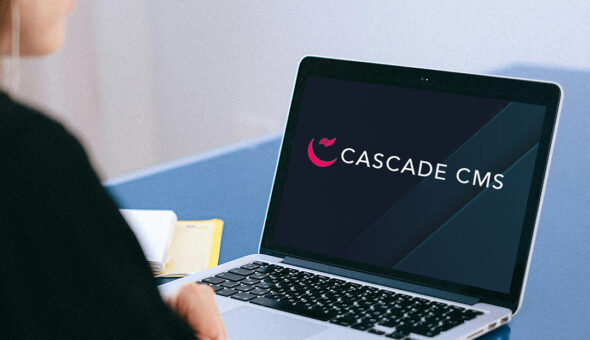But our work on this topic doesn’t need to be, and shouldn’t be, primarily reactive, nor are these solely media relations issues. There are proactive ways to partner with your Title IX office to get out important preventative messaging to the campus community that they’ll engage with.
Over the past couple of years, we’ve worked through a few sensitive issues at BYU with our Title IX office. After a campus climate survey took place and new policies were instituted, we decided to launch a couple of Instagram Stories that specifically dealt with sexual assault and consent.
In these Stories, we worked to explain as clearly as possible what the Title IX office is and how specifically they can be a resource, not just a governing body. For a sexual assault survivor, we explained what a typical visit with the Title IX office would be like. We also explained that office’s professionals are the ones who can speak with professors, help manage your required work load, speak with housing, the financial aid office and anything else campus-related to assist a survivor in their transition during an extremely difficult time.
Perhaps most importantly in all of this is that the information in the Instagram Story came first-person, from our Title IX director herself. Students could put a face on an actual engaging, empathetic, friendly human being they could associate the office with. This was so important in making that office more accessible. If this was simply information provided from the faceless university account, it would not have had the same impact.
For more of a deep dive into that first Instagram project, including the process of how we earned institutional buy in, see a previous piece I’ve written for Volt.
I’ll admit that at the beginning of that project, I didn’t fully understand or appreciate the valuable resource the Title IX office can be. For that project, Title IX resources was just one element of many used to educate our students on how to best help students who are sexual assault survivors. It wasn’t until we had the Title IX director on camera, listing everything her office does, that it struck me just how extremely important it was to educate our students specifically about the Title IX office.
In the end, it was extremely heartening to look back and hear from the office that both appointments made, and actual assaults reported, had a significant increase following both of our stories on sexual assault and consent. In a time when our social media reports can get bogged down with likes, follows, comments and other vanity metrics, being able to directly tie our work in social media to such important and meaningful real-world metrics was humbling and gratifying.







